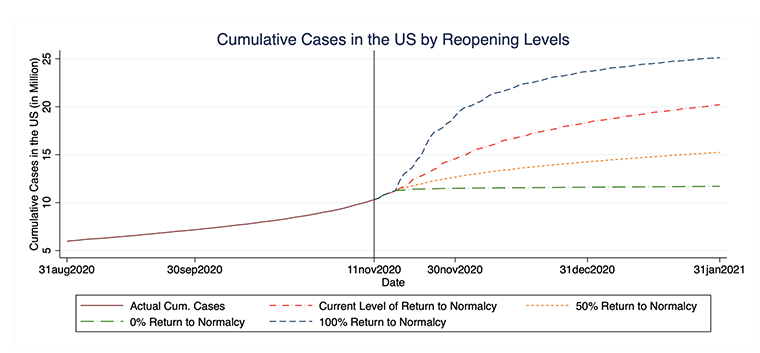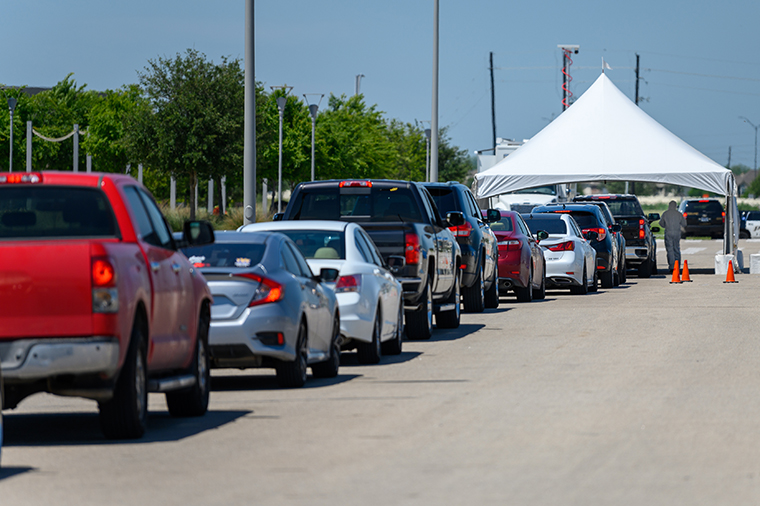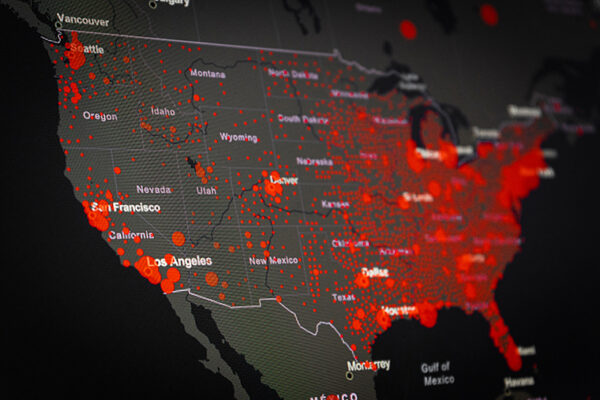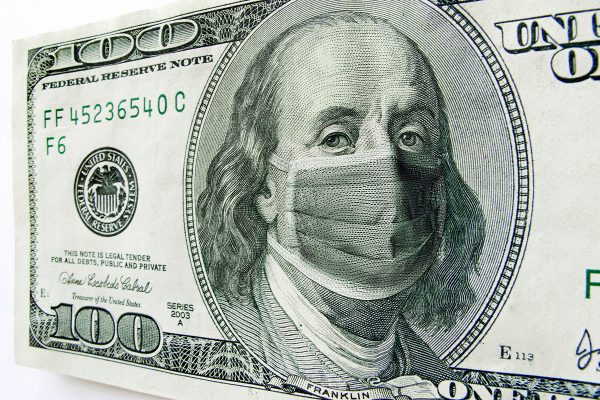President-elect Joe Biden has signaled that fighting the COVID-19 pandemic will be an immediate priority for his administration. He recently announced a coronavirus advisory board of infectious disease researchers and former public health advisers along with an updated strategy that will include increases in testing and contact tracing, as well as transparent communication.
But Inauguration Day is still two months away. The number of confirmed COVID-19 cases are likely to increase to 20 million by the end of January, nearly doubling the current level of 11.4 million cases, predicts a Washington University in St. Louis COVID-19 forecasting model.
The model, which accurately forecasted the rate of COVID-19 growth over the summer of 2020, was developed by Olin Business School’s Meng Liu, Raphael Thomadsen and Song Yao. Their paper presenting the model and its forecasts was published Nov. 23 by Scientific Reports.
“One of the key reasons for the increased accuracy of this model over other COVID-19 forecasts is that this model accounts for the fact that people live in interconnected social networks rather than interacting mostly with random groups of strangers,” said Thomadsen, professor of marketing. “This allows the model to forecast that growth will not continue at exponential rates for long periods of time, as classic COVID-19 forecasts predict.”

An interactive online version of the model also allows users to observe the impact different levels of social distancing will have on the spread of COVID-19. The current social distancing reflects an approximate 60% return to normalcy, as compared with the level of social distancing before the pandemic. If we continue, as a nation, at the current level of social distancing, the model forecasts that we are likely to reach 20 million cases before the end of January 2021.
“Even small increases in social distancing can have a large effect on the number of cases we observe in the next two and a half months,” Thomadsen said. “Going back to a 50% return to normalcy, which was the average level of distancing in early August, would likely result in 5 million fewer cases by the end of January.
“We could effectively squash out the COVID growth within a few weeks if we went back to the levels of social distancing we experienced in April.”
Raphael Thomadsen
“We could effectively squash out the COVID growth within a few weeks if we went back to the levels of social distancing we experienced in April,” he added.
However, the researchers caution that this is likely a conservative estimate due to increased testing and the upcoming holidays.
“In our model, we assume that only 10% of cases are ever diagnosed, meaning that we will start to hit saturation,” said Song Yao, associate professor of marketing and study co-author. “However, more recently, testing has increased, and probably more like 25% of cases are diagnosed. In that case, total COVID cases would increase beyond 20 million in the next few months unless we, as a society, engage in more social distancing.”
“The upcoming holiday seasons will present a great deal of uncertainty to the outlook of the pandemic as people travel more at the end of the year. This will likely make our forecast an optimistic one,” said Meng Liu, assistant professor of marketing and study co-author.



